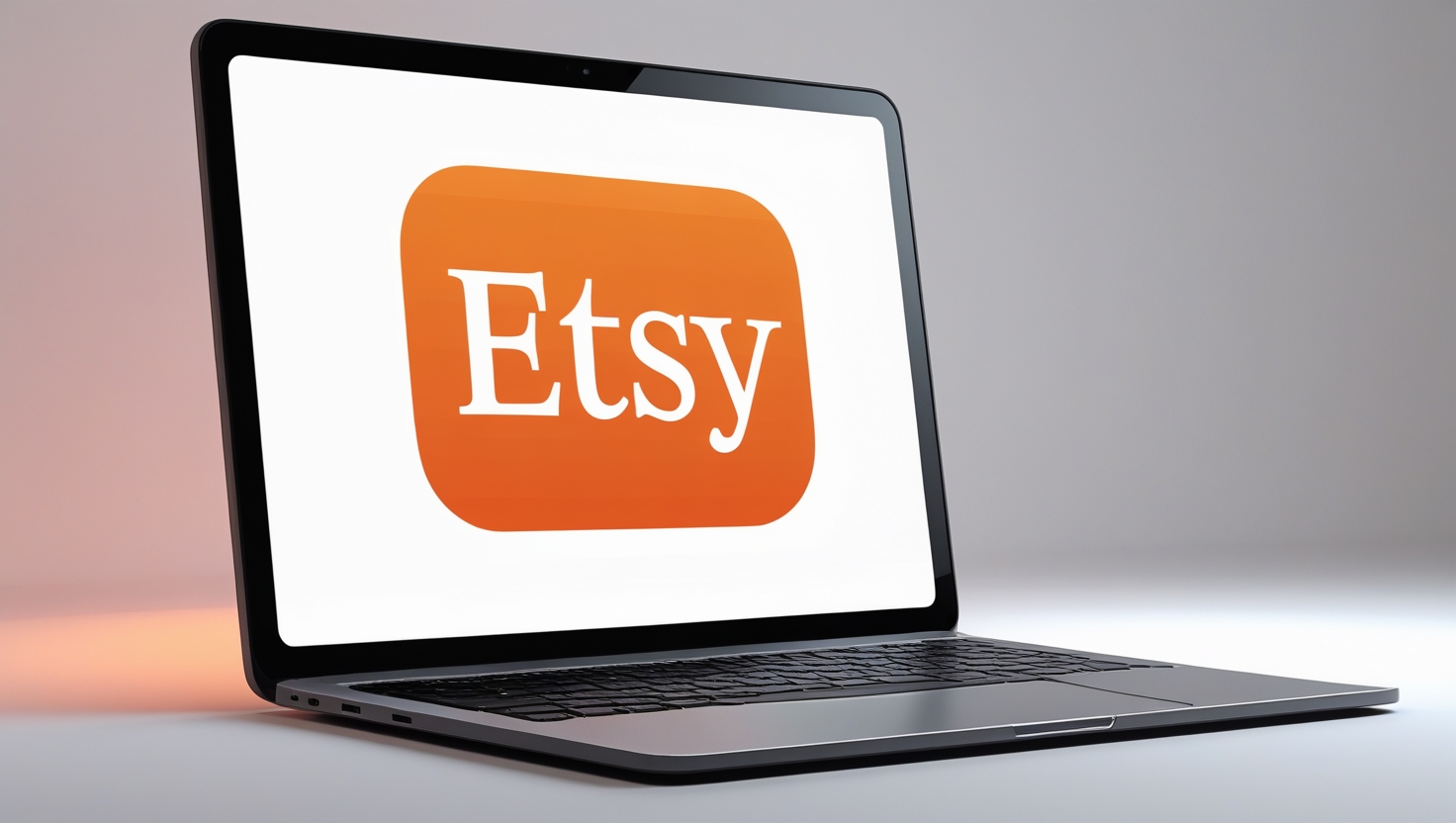Forget drop shipping. Forget affiliate links. A new wave of Gen Z side hustlers is stacking passive income using nothing more than digital downloads and some smart design tools. Etsy printables—things like planners, checklists, and wall art—have quietly become one of the most profitable, low-maintenance online businesses out there.
Most people scroll past these listings without realizing they’re the result of one-time effort and ongoing sales. Gen Z saw the loophole, plugged in AI and automation, and now some are making thousands a month while still in college—or before even starting a full-time job.
The Business Model Is Built for Simplicity

You create a digital product once—like a wedding planner, budget tracker, or daily to-do list—and upload it to Etsy. Customers buy and download it instantly. No packaging, no inventory, no customer support beyond a few messages here and there.
This setup is ideal for passive income. Listings can keep selling for years with minor tweaks to the title or thumbnail. And since most buyers don’t need customizations, sellers can focus on scaling—not fulfilling.
Canva and AI Make Design Stupid Simple

You don’t need a design degree or a background in Adobe. Most Gen Z sellers are using Canva to drag, drop, and format their way into clean, professional-looking printables. Templates are everywhere, and the tools are built to be beginner-friendly.
Some are layering in AI to generate ideas, write product descriptions, or even test different title formats. Tools like ChatGPT help new sellers write SEO-optimized copy that ranks better in Etsy search, giving them an edge without needing a background in marketing.
Low Startup Costs Mean Faster Profit

There’s no need to invest thousands up front. For most printable sellers, the only real costs are Etsy listing fees (just $0.20 per product), Canva Pro if you upgrade, and maybe a few bucks on mockup tools. That’s it.
Compared to traditional side hustles, the barrier to entry is almost nonexistent. You can launch a store with under $50—and be in profit within a week if your product fills a niche people are already searching for.
Sales Are Steady Thanks to Search Traffic

Etsy acts like a built-in marketing engine. If you structure your product titles and tags correctly, the platform will drive traffic for you. Many Gen Z sellers spend more time learning Etsy SEO than they do designing products.
It’s not unusual for a single listing to generate consistent sales month after month. Some use EverBee to reverse-engineer top-selling printables and identify what’s working—then create a better version that’s more specific or better designed.
Niche Down, Then Expand

One of the best strategies Gen Z sellers are using is starting with a very specific niche—like “homeschool planner for moms with 3 kids”—then expanding once a listing gains traction. This helps avoid the competition in broader categories like “planner” or “checklist.”
Once a product starts selling, they build out related printables to upsell or cross-sell—like matching chore charts or budget sheets. It’s a simple funnel that increases revenue without increasing effort.
Passive Doesn’t Mean Set It and Forget It

This isn’t magic money. The most successful sellers check analytics weekly, test pricing strategies, and tweak thumbnails based on what’s converting. But even with some light upkeep, it’s still way closer to passive than other digital income streams.
Many Gen Zers are automating reviews, customer messages, and even Etsy shop updates using tools like eRank and Canva’s content planner. That means more time spent scaling—and less stuck in the weeds.

Alexander Clark is a financial writer with a knack for breaking down complex market trends and economic shifts. As a contributor to The Daily Overview, he offers readers clear, insightful analysis on everything from market movements to personal finance strategies. With a keen eye for detail and a passion for keeping up with the fast-paced world of finance, Alexander strives to make financial news accessible and engaging for everyone.


